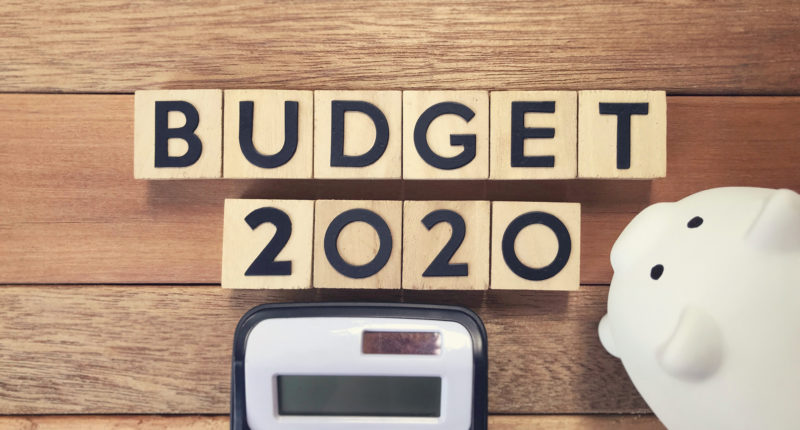For the upcoming FY 2020-21, the Union Budget 2020 proposes to introduce a new optional tax regime for individual taxpayers. The proposal reduces the overall tax liability for taxpayers in the income bracket of Rs 5 lakh to 15 lakh. The aim is to simplify the income tax law for individual taxpayers by removing certain tax exemptions and deductions. Let us understand how you can exercise your choice for the optional new tax regime.
The new tax regime proposes six slab rates in place of three slab rates. The basic income exemption limit remains the same for income up to Rs 2,50,000. The income slabs compare as below:
| New slab rates | Existing slab rates | ||
| Income from Rs 2.5 lakh to Rs 5 lakh | 5% | Income from Rs 2.5 lakh to Rs 5 lakh | 5% |
| Income from Rs 5 lakh to Rs 7.5 lakh | 10% | Income from Rs 5 lakh to Rs 10 lakh | 20% |
| Income from Rs 7.5 lakh to Rs 10 lakh | 15% | Income above Rs 10 lakh | 30% |
| Income from Rs 10 lakh to Rs 12.5 lakh | 20% | ||
| Income from Rs 12.5 lakh to Rs 15 lakh | 25% | ||
| Income above Rs 15 lakh | 30% | ||
Your income tax under the existing and new tax regime:
A taxpayer choosing the new tax regime will not be eligible to claim about 70 exemptions and deductions. We present a picture of the tax payable without claiming the exemptions or deductions under both the regimes:
| Annual income | Tax under existing regime (Rs) | Tax under the new regime (Rs) | Tax savings under the new regime (Rs) |
| Up to Rs 7,50,000 | 65,000 | 39,000 | 26,000 |
| Up to Rs 10,00,000 | 117,000 | 78,000 | 39,000 |
| Up to Rs 12,50,000 | 195,000 | 130,000 | 65,000 |
| Up to Rs 15,00,000 | 273,000 | 195,000 | 78,000 |
In the absence of a claim for any exemptions and deductions, a taxpayer stands to save tax under the new regime at the various income levels presented above.
Also Read: Union Budget 2020: Not All Deductions Are Disallowed in New Tax Regime
Your choice for the existing regime or the new tax regime:
Under the existing regime, an individual can claim standard deduction against salaries, exemptions for house rent allowance or deductions for housing loan interest (self-occupied) and principal repayments, the deductions for tax saving investments, medical insurance and others.
While the new tax regime removes the exemptions and deductions, we present a calculation where individuals can choose the new regime when their deductions are at the levels mentioned in the table below:
| Annual Income (Rs) | Deductions* (Rs) | Tax under the existing regime (Rs) | Tax under the new regime (Rs) |
| 1,500,000 | 250,000 | 195,000 | 195000 |
| 1,250,000 | 208,333 | 130,000 | 130000 |
| 1,000,000 | 187,500 | 78,000 | 78000 |
| 750,000 | 125,000 | 39,000 | 39000 |
| NOTE: Deductions include standard deduction and all exemptions and deductions | |||
Thus, in the case of an individual whose total income or salary package is Rs 10 lakh and entitled to deductions including investments and payments for tax savings up to Rs 1,87,500, the taxpayer can choose to opt for the new tax regime. However, if the deductions are above Rs 1,87,500, the existing regime will be more beneficial for the taxpayer.
Hence, an individual should calculate the annual income, deductions they are entitled to and the tax payable under the existing regime and the new tax regime. The new regime is beneficial up to the level of deductions mentioned in the above table. However, if your deductions are higher, then you should continue with the existing regime to minimise your tax payable.
For any clarifications/feedback on the topic, please contact the writer at sweta.dugar@cleartax.in
I am a Chartered Accountant by profession. I specialise in personal taxes and corporate income tax matters. I am an avid reader and track developments in financial markets, economy and other market developments.





